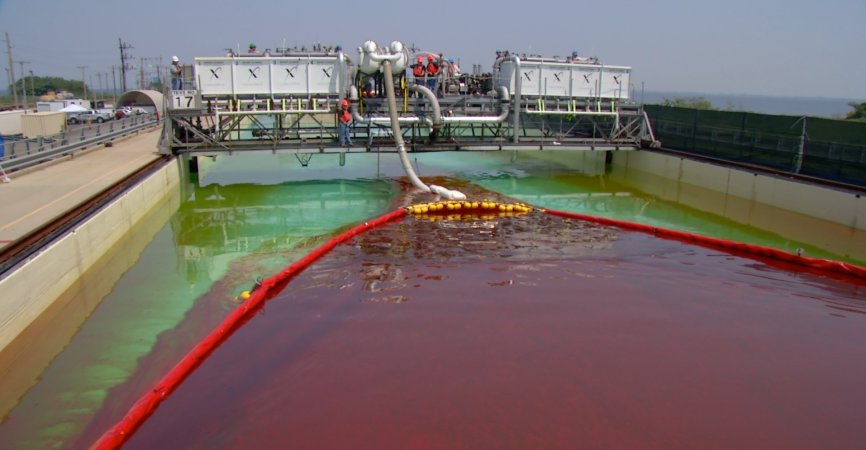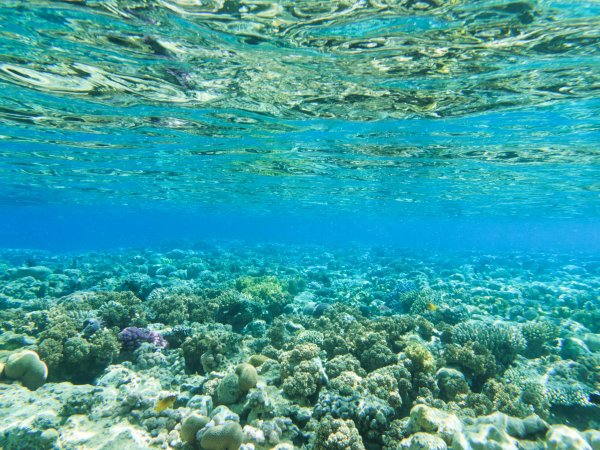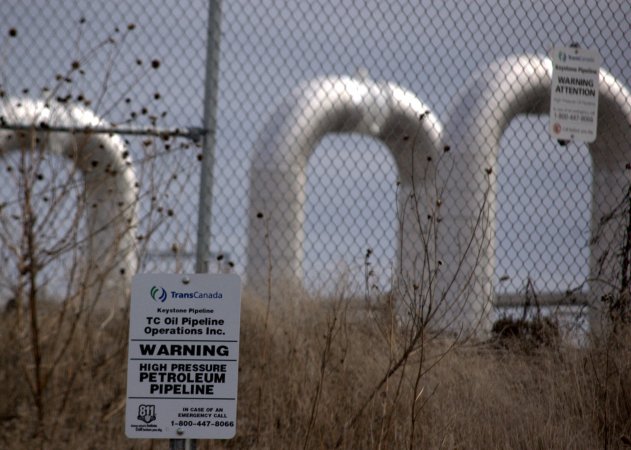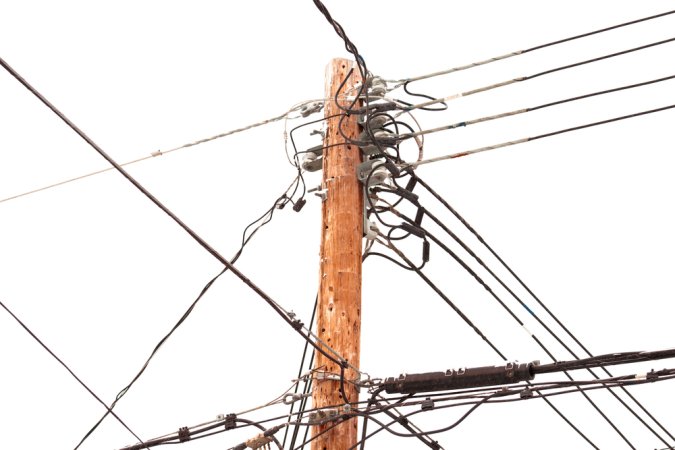

The FSO Safer, a 45-year-old oil tanker, is floating aimlessly on the Red Sea that borders the shores of countries like Egypt, Jordan, Sudan, Djibouti, and Yemen. The rotting oil tanker was abandoned out in the sea back in 2017 filled with about 1.1 million barrels of oil poised to spill into the waters at any moment according to The New Yorker, worsening an already dire humanitarian crisis in the region.
The more than 1 million barrels equal four times the amount of oil released by the massive Exxon Valdez spill in the Gulf of Alaska in 1989 polluted over 1,000 miles (more than 2,000 kilometers) of shoreline. The spill was so severe that in 1990 Congress passed the Oil Pollution Act, which created procedures for responding to future spills and established the legal liabilities of responsible parties following oil spills, in response.
The tanker is moored off the coast of Yemen, a country that is in the throes of a humanitarian crisis due to an ongoing six year civil war. According to UNICEF, more than 20 million people are in need of help, including more than 11 million children. More than 2 million children under the age of five are experiencing acute malnutrition and more than 8 million do not have access to safe water.
[Related: Citizens of Mauritius are cleaning up a major oil spill themselves.]
And if the deteriorating oil tanker spills more its contents of over 40 million gallons of oil, more than 8 million people will be cut off from safe running water and the region’s fishing stock will be destroyed, The Guardian reported.
Researchers from the Stanford University School of Medicine published a study earlier this month on how the highly likely spill could lead to public health effects in Yemen and neighboring countries in Nature Sustainability. The researchers found that when the oil spill happens, the risk of cardiovascular and respiratory hospitalizations for theYemeni population will increase by about six percent to more than 40 percent. Cleanup workers could experience a more than 500 percent increased risk of “cardiovascular and respiratory hospitalizations due to inhalation of fine particulate matter.”
“We knew of course that there would be some negative impacts of an oil spill, but were surprised by how many people would be impacted in the majority of our scenarios,” David Rehkopf, an associate professor of epidemiology and population health and co-director of the Stanford Center for Population Health Sciences told Stanford Medicine News Center.
Benjamin Huynh, a public health researcher and one of the study authors explains that the humanitarian crisis is going to make avoiding a spill harder as well as complicating clean up processes. Neither scenario will go well for people in the region.
[Related: Oil-eating bacteria can survive in frigid Canadian waters.]
“The most surprising thing to me was how ineffective [clean up efforts] are,” he says. “If you look at previous times like the big major ones, like Deepwater Horizon, or Exxon Valdez, like, only like 10 to 15 percent of the oil ever gets cleaned up or recovered. Most of it just lingers in the ocean and it just stays there and nature just has to do with it.”
Using data from previous spills and historical environmental data of tides in the Red Sea, Huynh and other researchers deduced that even in an optimistic scenario, the spill will affect millions of people’s health and livelihoods. The spill will further hurt access to food for Yemen, which could compound already existing humanitarian issues, in turn stressing nearby countries that will need to accommodate their own water and food supplies in response to the incoming spill, he says.
“[The largest takeaway was] how striking the human toll of this will be in most scenarios,” he says. “The scale of it was pretty staggering. Being like, my number, nearly 10 million like losing water, like 6 million losing food… in the larger context of the war [the spill] is almost like an inevitability.”























